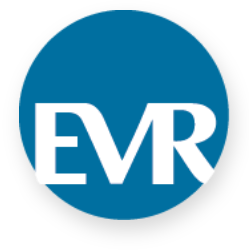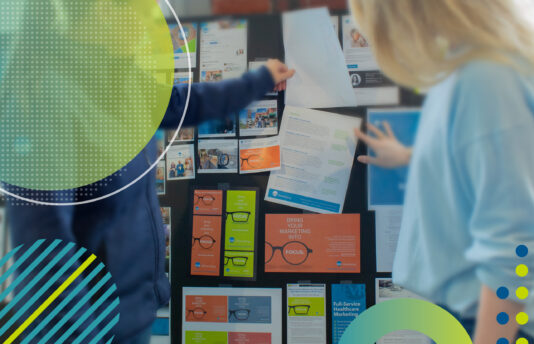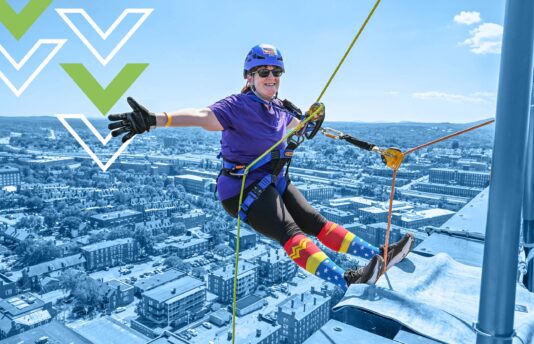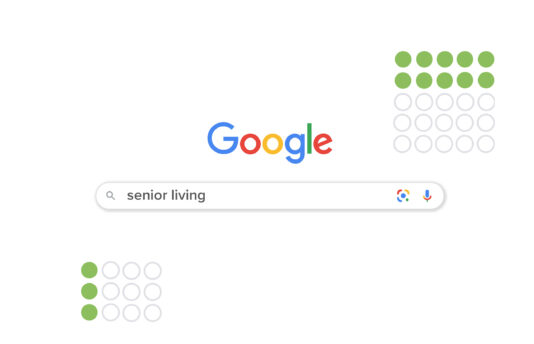If you hold virtual events to promote your senior living community, you’re on the right track. Senior living communities are using video technologies to get their message out and generate leads and sales. And for good reason: More than 50% of Americans 50+ use video chat at least once a month. In fact, in 2020, the number of seniors who watch video increased 10%, from 42% to 52%. There’s no question Baby Boomers are becoming increasingly familiar with the technology.
But to be successful with your virtual events, you have to differentiate. When you do, you will stand out from the crowd by hosting engaging, educational, entertaining workshops and information sessions that people want to talk about.
The most important thing for your event is the attendees. We’ve put together five helpful tips to make attendance at your online workshop or webinar the equivalent of a live, standing-room-only event.
1. Craft Your Email Subject Line
First things first: Older Americans use email. A lot. Consider this:
- More than 85% of people 65+ use email in the U.S. (OptinMonster).
- Online search is the leading online activity for Baby Boomers; email is the second at 94.8% use (dmn3).
- People aged 45–65+ check email at least once a day (SmartInsights).
- Baby Boomers are more focused on reading their email than their Millennial counterparts (SmartInsights).
Next: The subject line. The subject line is the single most important factor in whether people open (or trash) your email. When 47% of email recipients open an email based on the subject line alone and 69% of email recipients report email as spam based solely on the subject line, this is your make-or-break moment. A good subject line can make all the difference. Consider these tips for boosting your open rate:
- Include the recipient’s name in the subject line.
- Keep the subject line short.
- Use the word “free” (when appropriate).
- Convey a sense of urgency (“Now,” “Don’t Miss,” “Space Is Limited”).
- Use playful wording that piques curiosity.
By giving thought to this basic email building block, you’ll get more email opens and, thus, more RSVPs.
2. Give the Audience What They Want
You want to raise awareness and boost leads. But it’s not all about you. What does your audience want? Eighty percent of people join virtual events for educational purposes, and an older audience needs more clarity and guidance when they’re making buying decisions. You want to make sure your attendees walk away with something useful and valuable. Knowing your audience and what they want is key to success.
When you send out your email invites, you should already have that in mind. Your email list should be segmented by the audience who is most likely to attend your event.
Make sure to address their pain points and add a personal touch of knowing who they are, what they want and what you can offer. For instance, “Hey Julie! We know you’re interested in Memory Care communities—how about this upcoming event on brain health to help you recognize the signs to watch for?”
You can even embed a short clip in the email of a previous virtual session or a teaser for the upcoming event to give people a taste of what to expect.
3. Provide Something More
At in-person events, people are somewhat reluctant to get up and leave; at a virtual event, it’s easy to leave the meeting with the click of a button. Get people to stay by giving them something extra:
- Invite people to join the forum before the start time and have a local quartet provide music.
- Have a link to a 3-D virtual gallery of resident artwork that attendees can virtually “walk” through before and after the main event.
- Invite local personalities to participate. If you have a cooking demonstration, have a well-known chef join your community chef.
- Rather than a single presenter, have an emcee or moderator who will keep things moving. Present two guests having a conversation or include a panel discussion.
4. Engage and Interact
Consider sending something special to participants to generate interest and get people engaged:
- Mail a worksheet and a branded notepad and pencil before a tax planning workshop.
- If you want to highlight the popularity of your gardening program, include a packet of seeds.
- Send yarn and a simple pattern for a knitting tutorial or a paint-by-number kit for an art presentation.
- For a cooking demonstration, send the recipe and one of the ingredients or a branded measuring cup to each participant.
Interaction keeps people engaged. Here are a few ways to encourage interaction:
- Use the chat feature so participants can ask questions or talk with others during the event.
- Hold networking sessions before or after the event where attendees can speak with each other or with one of the presenters one on one.
- Give away “door” prizes. Have a random drawing for a prize or send gift cards to the first five (or one or ten) people to sign up for the event.
- To get people to stay, award a door prize at the end of the event.
- Take polls related to the presentation or ask trivia questions throughout to keep people engaged.
- Use gamification. Send people Bingo cards with common phrases or topics that will come up during the presentation. They will pay closer attention and have the opportunity to win a prize.
5. Create an Occasion
One great thing about live events is that leaving the office to go to another location is always an occasion. Virtual events? Not so much. Think of ways you can make sitting at your desk a bit more fun:
- Remember brown bag workshops? Hold your own and invite everyone to brown bag their lunch and attend the session virtually.
- Alternatively, invite people to a luncheon and have the presenters sit at a dining room table set for lunch. Encourage participants to have their lunch at the same time.
- Hold a happy hour presentation with a relaxed atmosphere. Encourage participants to enjoy their drink of choice. Schedule a break in the middle of the presentation and have your community bartender do a drink demonstration.
6. Bonus Tip
These days, people from all backgrounds and industries are more familiar with virtual meetings, whether for business or personal use. Still, not everyone is comfortable using it. Offer a pre-session help workshop for those who need it. Post a recording of the event afterward for people who couldn’t attend.
Always expect technical problems. Have a contingency plan ready and have someone on hand to assist attendees who experience technical issues.
There’s no end to the creative, engaging and wholly unexpected things you can do to drive attendance for your virtual events. Do you have any ideas to share?











